Rising Demand for Smart Home Solutions
The Smart Light and Control Market is experiencing a notable surge in demand for smart home solutions. As consumers increasingly seek convenience and enhanced control over their living environments, smart lighting systems are becoming integral components of home automation. According to recent data, the smart home market is projected to reach substantial figures, with smart lighting representing a significant share. This trend is driven by the desire for energy efficiency, security, and user-friendly interfaces. Homeowners are now more inclined to invest in smart lighting systems that can be controlled remotely, integrated with other smart devices, and customized to fit their lifestyles. This growing inclination towards smart home technologies is likely to propel the Smart Light and Control Market forward, as manufacturers innovate to meet consumer expectations.
Integration with Smart City Initiatives
The Smart Light and Control Market is poised for growth through its integration with smart city initiatives. Urban areas are increasingly adopting smart technologies to enhance infrastructure, improve public safety, and optimize resource management. Smart lighting systems are being deployed in public spaces to provide better illumination, reduce energy costs, and enhance safety. For example, streetlights equipped with sensors can adjust brightness based on pedestrian activity, contributing to energy savings and improved urban environments. As cities continue to invest in smart infrastructure, the demand for advanced lighting solutions is expected to rise. This trend not only supports the Smart Light and Control Market but also aligns with broader goals of urban sustainability and efficiency.
Growing Awareness of Energy Conservation
The Smart Light and Control Market is benefiting from a growing awareness of energy conservation among consumers and businesses. As energy costs continue to rise, there is an increasing emphasis on adopting energy-efficient solutions. Smart lighting systems, which can be programmed to adjust brightness based on occupancy and natural light levels, are seen as effective tools for reducing energy consumption. Data indicates that smart lighting can lead to energy savings of up to 30% compared to traditional lighting solutions. This heightened awareness is prompting both residential and commercial sectors to invest in smart lighting technologies, thereby driving demand within the Smart Light and Control Market. As sustainability becomes a priority, the adoption of energy-efficient lighting solutions is likely to accelerate.
Technological Advancements in Lighting Solutions
Technological advancements are playing a pivotal role in shaping the Smart Light and Control Market. Innovations such as LED technology, wireless communication protocols, and artificial intelligence are enhancing the functionality and appeal of smart lighting systems. For instance, the integration of IoT capabilities allows for seamless connectivity and control through smartphones and voice-activated devices. Furthermore, advancements in energy-efficient lighting solutions are contributing to reduced energy consumption, aligning with global sustainability goals. The market is witnessing a shift towards smart lighting products that not only provide illumination but also offer features like adaptive lighting and automated scheduling. As these technologies continue to evolve, they are expected to drive growth in the Smart Light and Control Market, attracting both consumers and businesses alike.
Increased Focus on Aesthetic and Functional Design
The Smart Light and Control Market is witnessing an increased focus on aesthetic and functional design in lighting products. Consumers are not only looking for energy-efficient solutions but also for products that enhance the ambiance of their spaces. Manufacturers are responding by developing smart lighting systems that offer customizable colors, styles, and designs to suit various interior decors. This trend is particularly evident in residential applications, where homeowners seek to create personalized environments. Additionally, the integration of smart lighting with design elements such as fixtures and smart controls is becoming more prevalent. As the demand for aesthetically pleasing and functional lighting solutions grows, the Smart Light and Control Market is likely to expand, driven by innovation and consumer preferences.
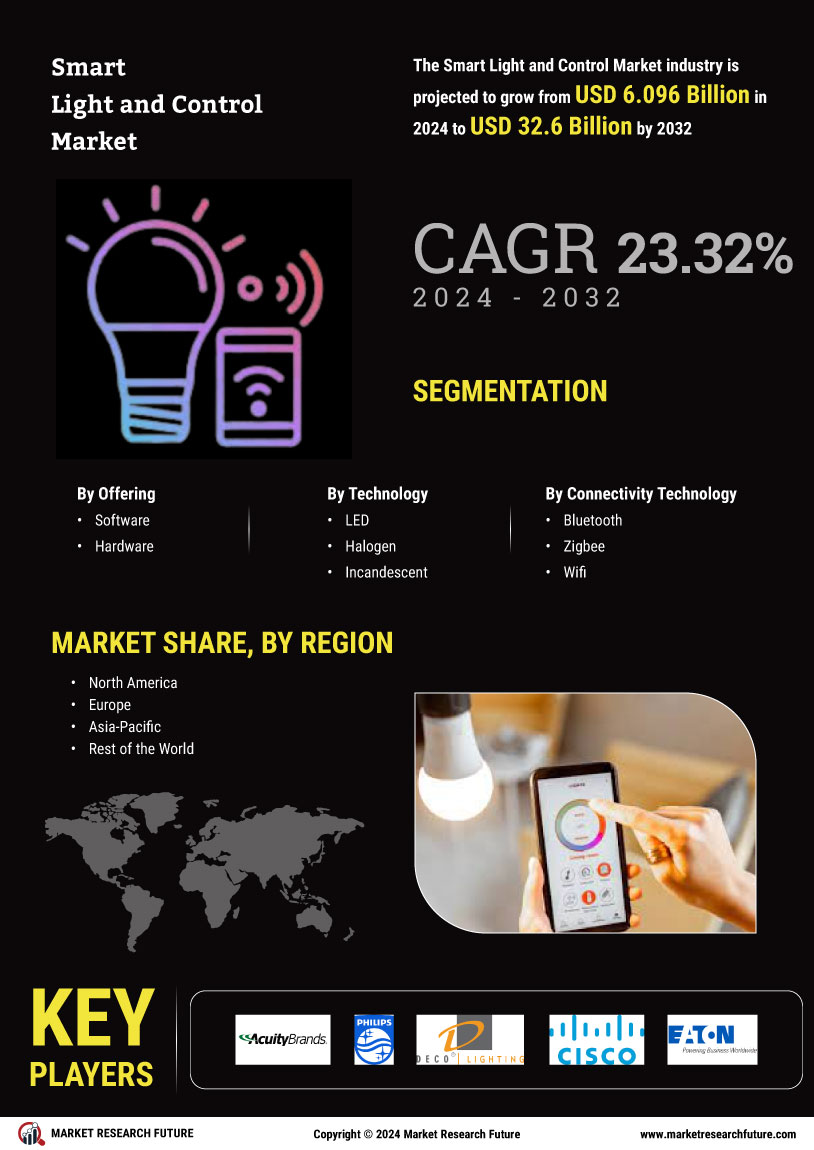
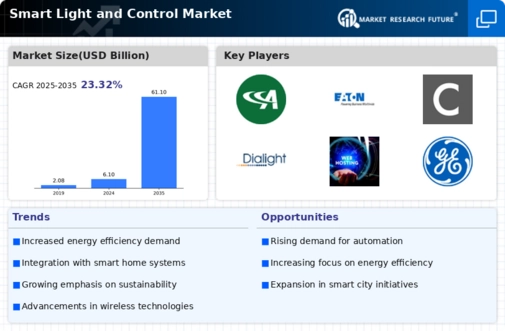
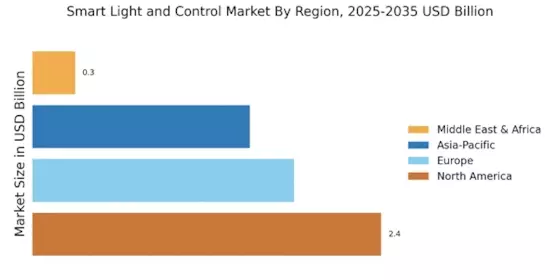
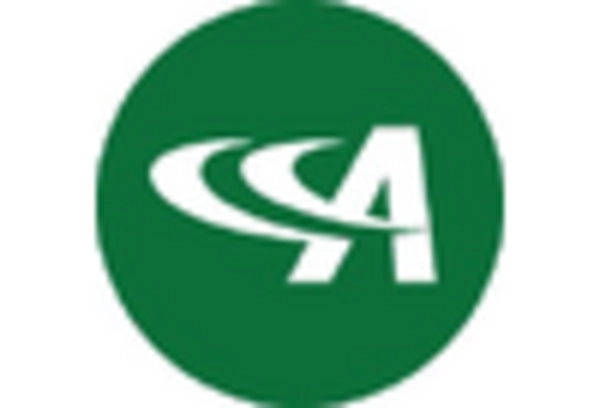
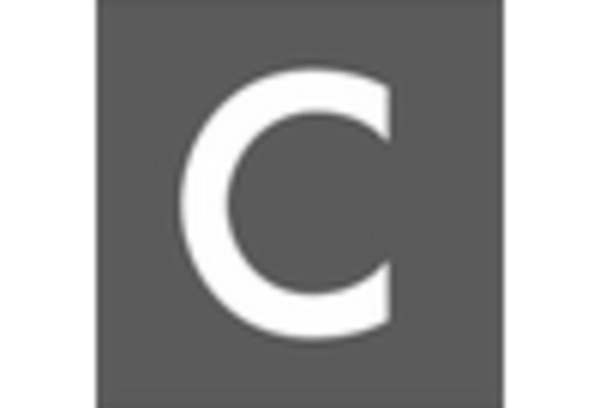
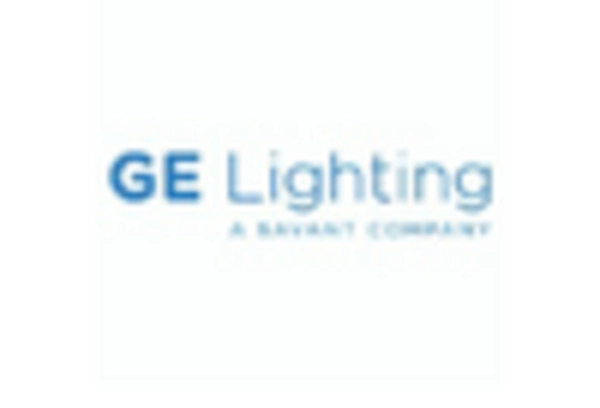
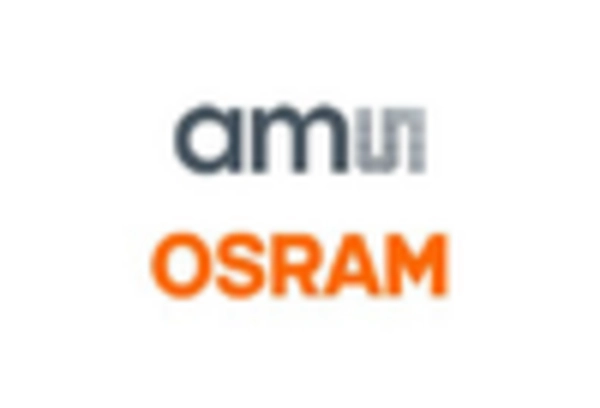
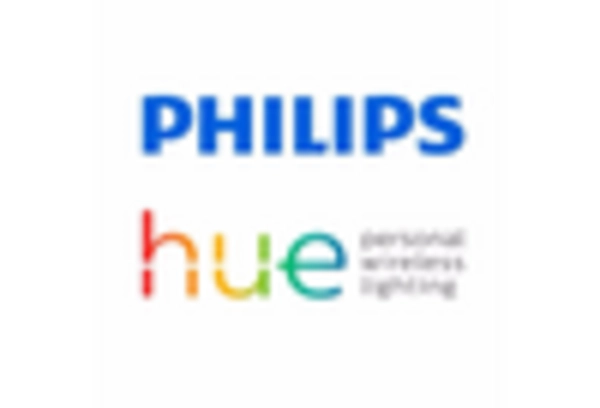









Leave a Comment